Beauty and decay: inside America’s derelict movie theatres
In a new photobook, photographers Yves Marchand and Romain Meffre capture a bygone era of entertainment through decaying American movie theatres
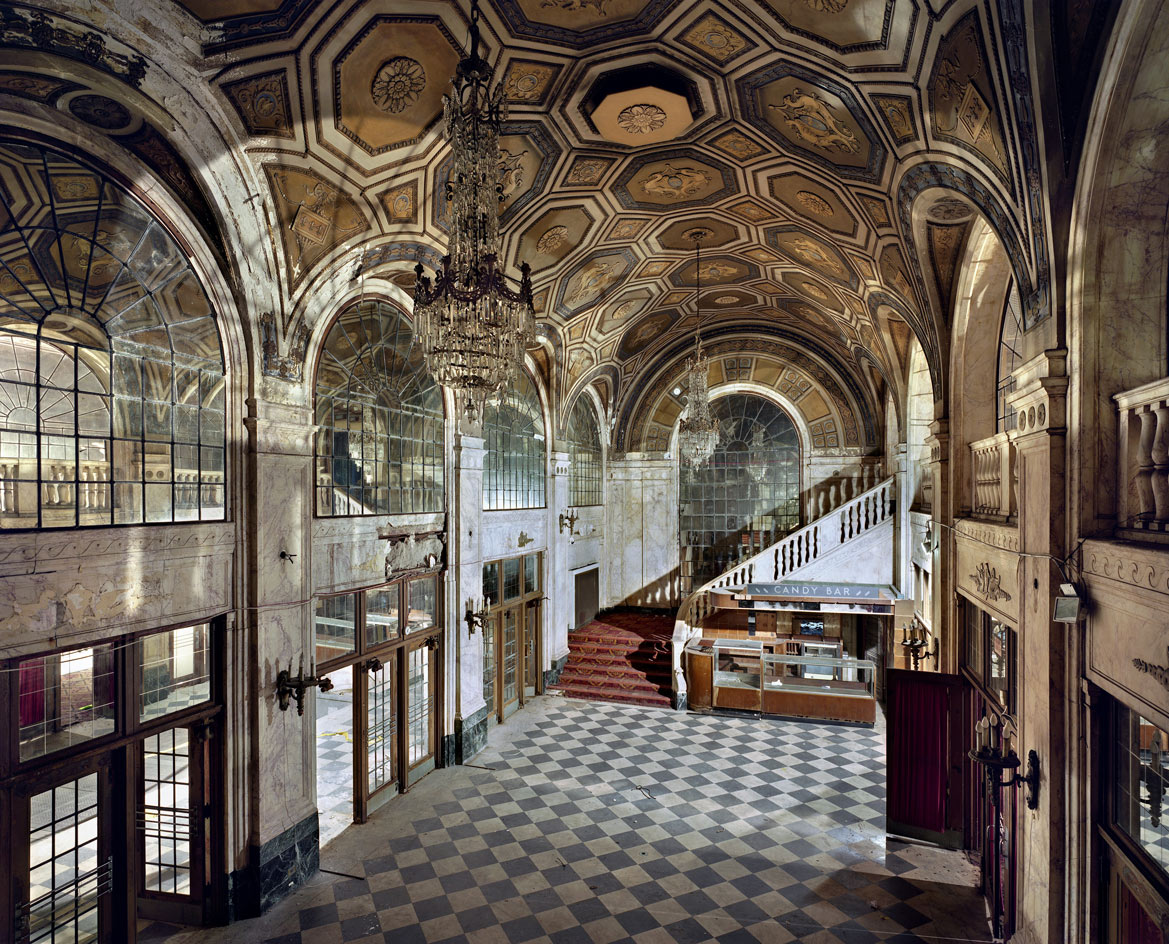
There’s something divine about decay. Traces of what once was; eras of very different social concerns, tastes and aspirations.
Movies can give us a window into the past, and as French photography duo Yves Marchand and Romain Meffre are proving, so too can movie theatres, particularly those partially chewed up by time.
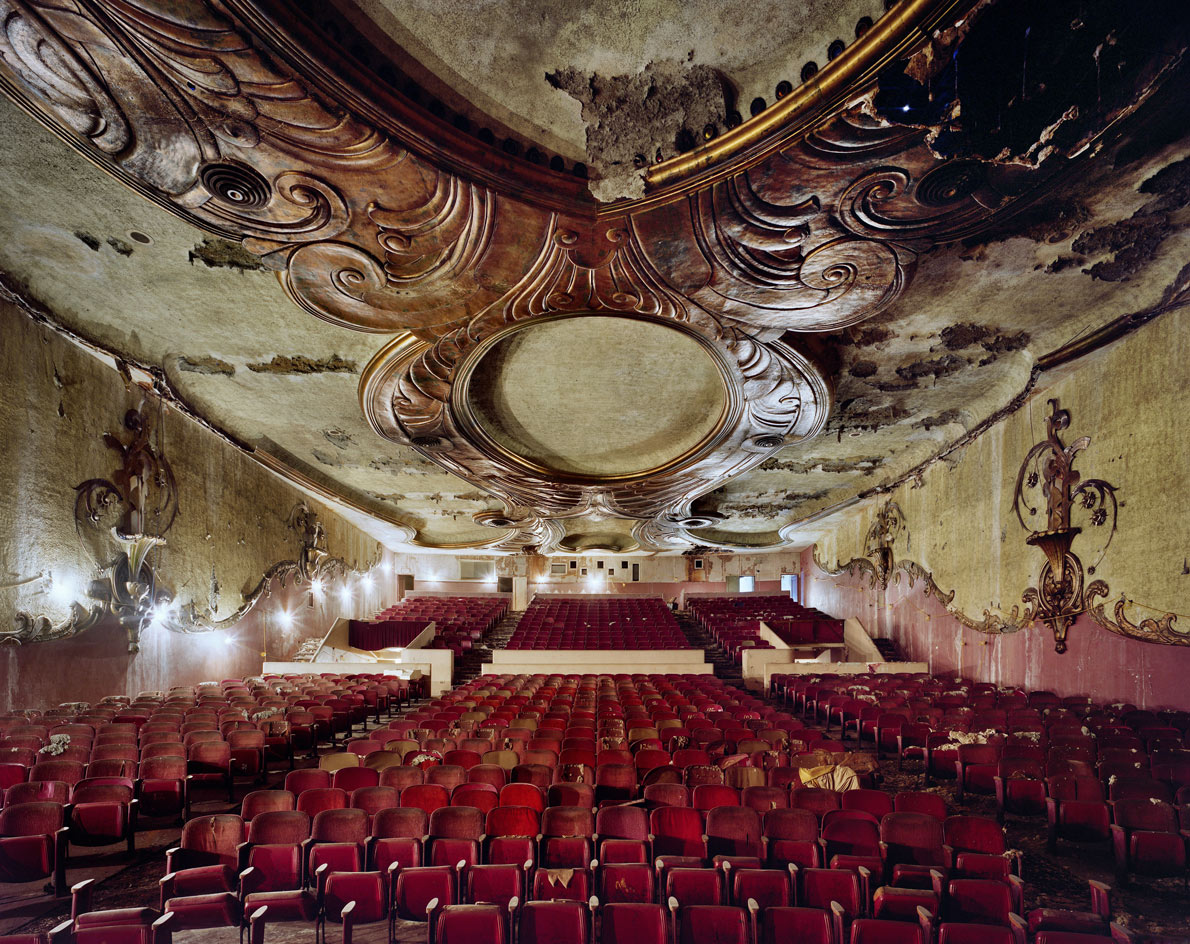
Fox Theater, Inglewood, CA.
They can still be found in many American towns; majestic shrines to film, constructed during the golden age of the entertainment. But these cinemas now stand in various states of decades-long abandonment, empty, derelict, or reborn as something else entirely. Movie Theaters, published by Prestel, is an ode to these iconic American structures, or what remains of them.
This book isn’t the duo’s first taste of tatters. They began their collaboration in 2002 by exploring Parisian remains and have published books including The Ruins of Detroit and Gunkanjima.
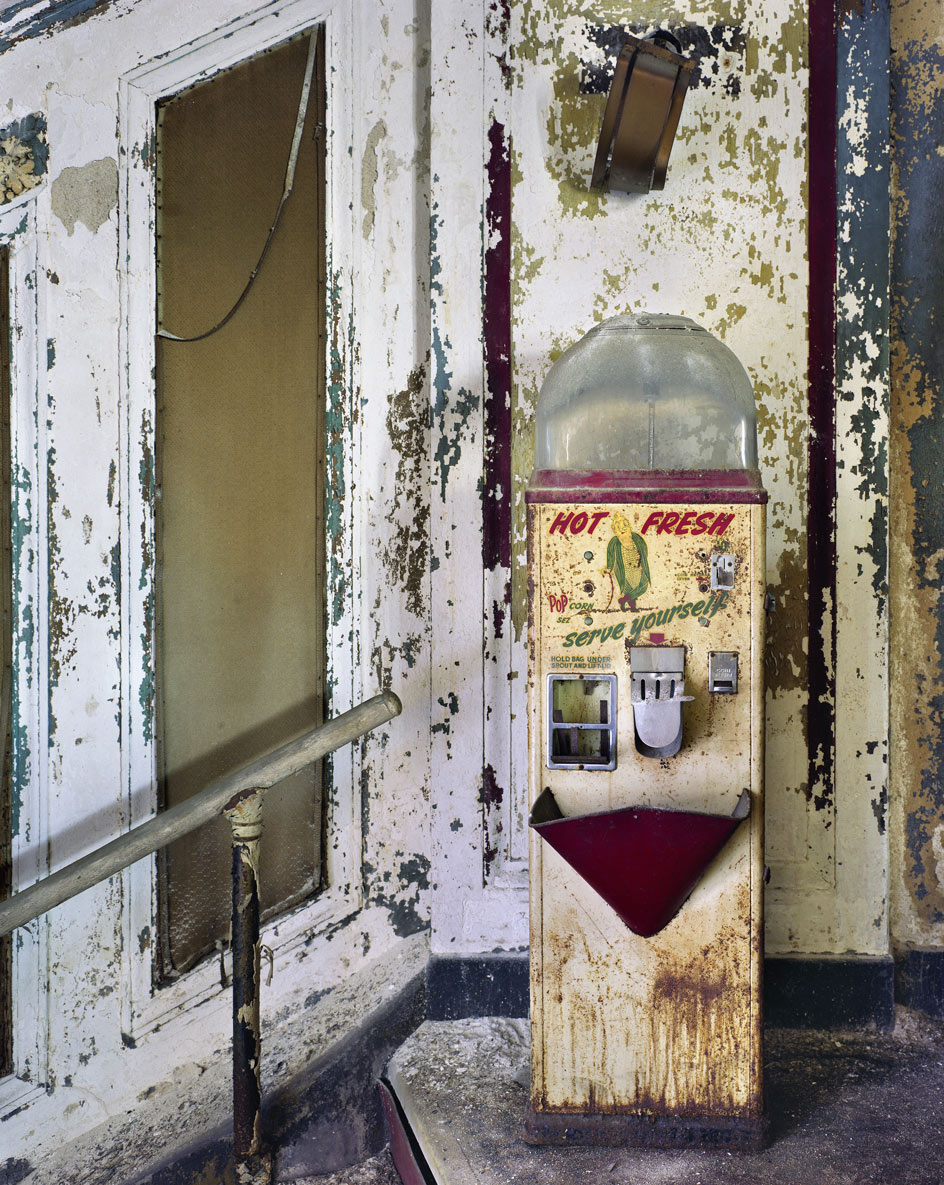
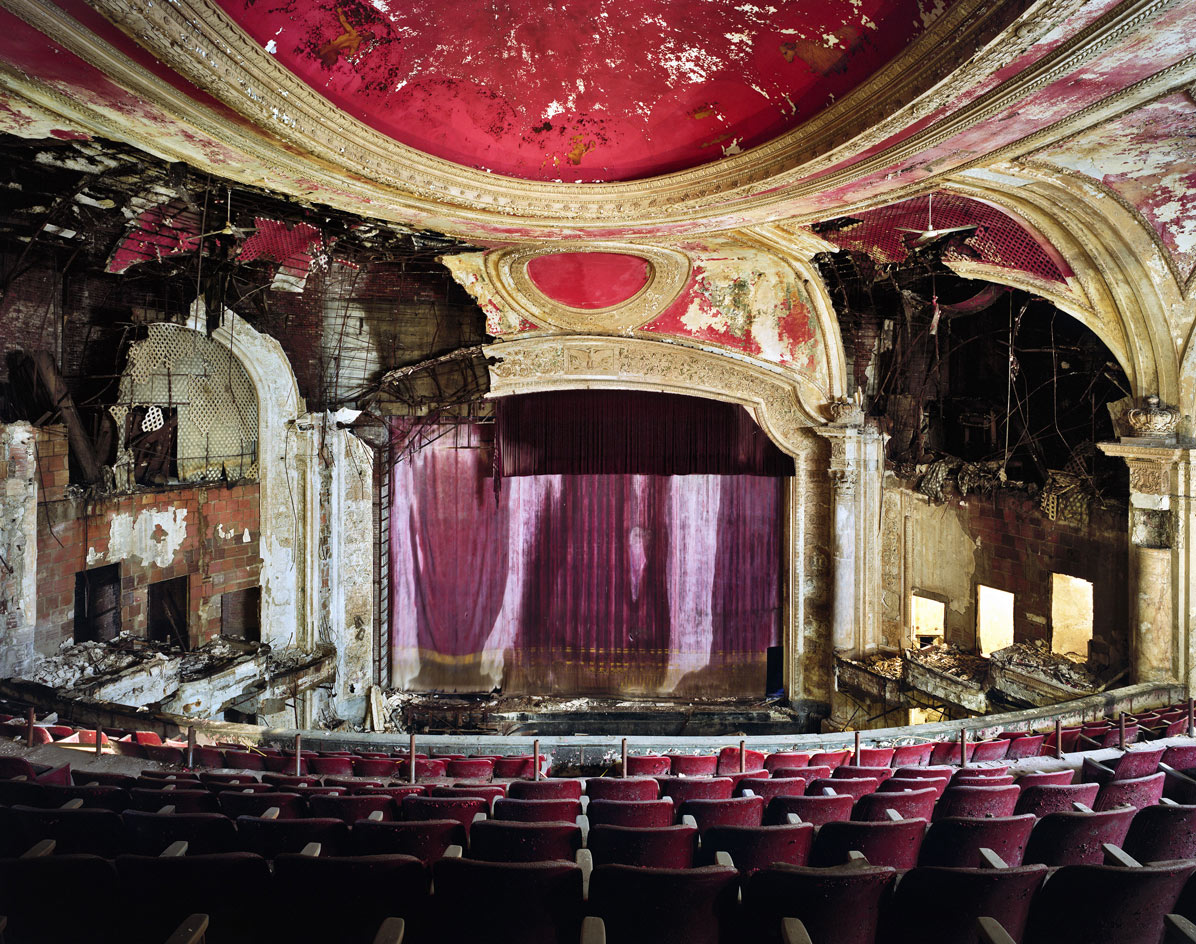
Top: Proctor’s Theater, Newark, NJ. Above: Paramount Theater, Newark, NJ.
The early 20th-century brought with it an entertainment boom. Hundreds of theatres popped up across the US, with many major movie studios commissioning architects to build extravagant, palatial auditoriums to satisfy the swelling appetites of spectators.
Since 2005, photographic duo Marchand and Meffre have travelled across America to visit these theatrical relics. In hundreds of lushly coloured images, they have captured the rich architectural diversity of the theatres’ exteriors and interiors, from neo-Renaissance to neo-Gothic, Art Nouveau to Bauhaus, neo-Byzantine to Jugendstil.
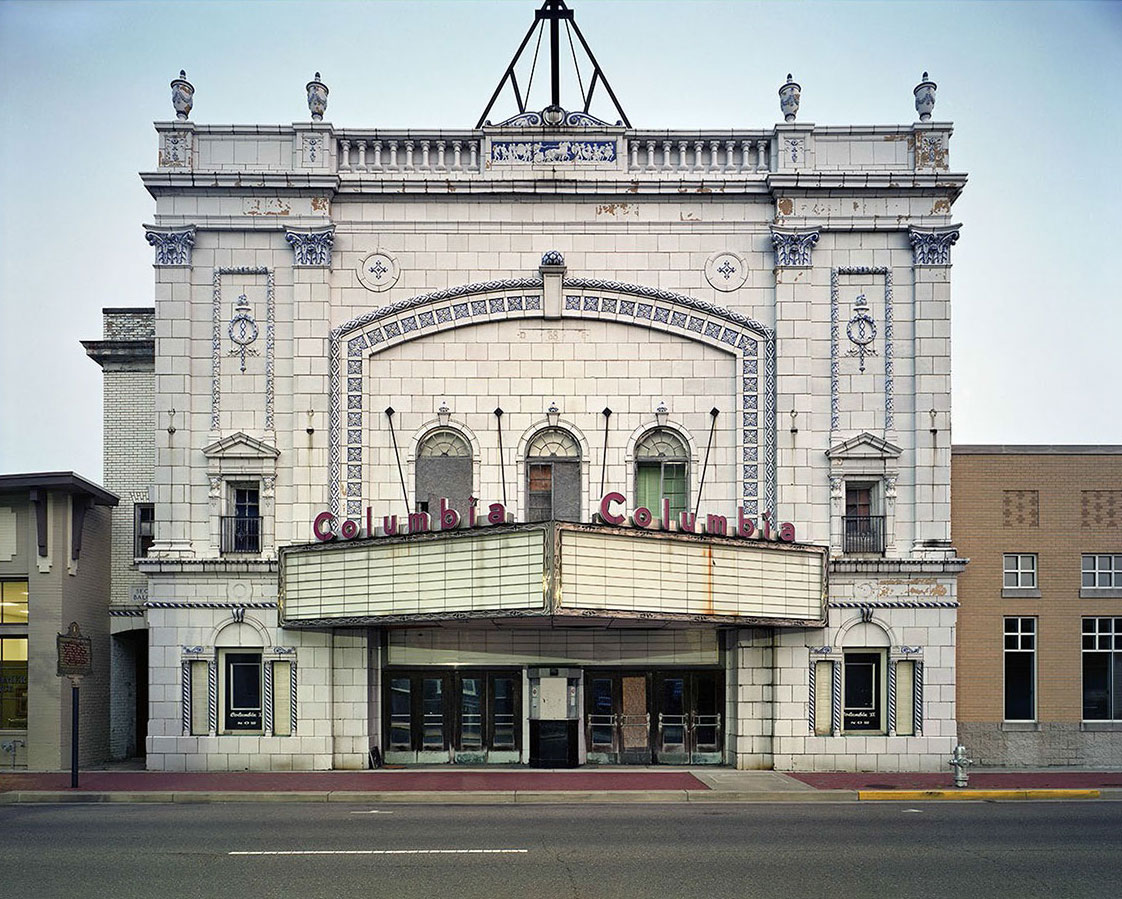
Columbia Theatre, Paducac, KY, 2011. Opened in 1927 and designed (1,200 seats) by Louisville-based architect W Earl Gore for Kentucky theatre operators Leo F Keiler and Rodney C Davis of Columbia Amusement and Realty Company. In the 1950s, it was modernised and partially remodelled in the Skouras style. In 1967, it was divided and a second screen was added on the balcony. It closed in 1987 and the asbestos fire curtain was renovated in 2013. It is currently awaiting renovation.
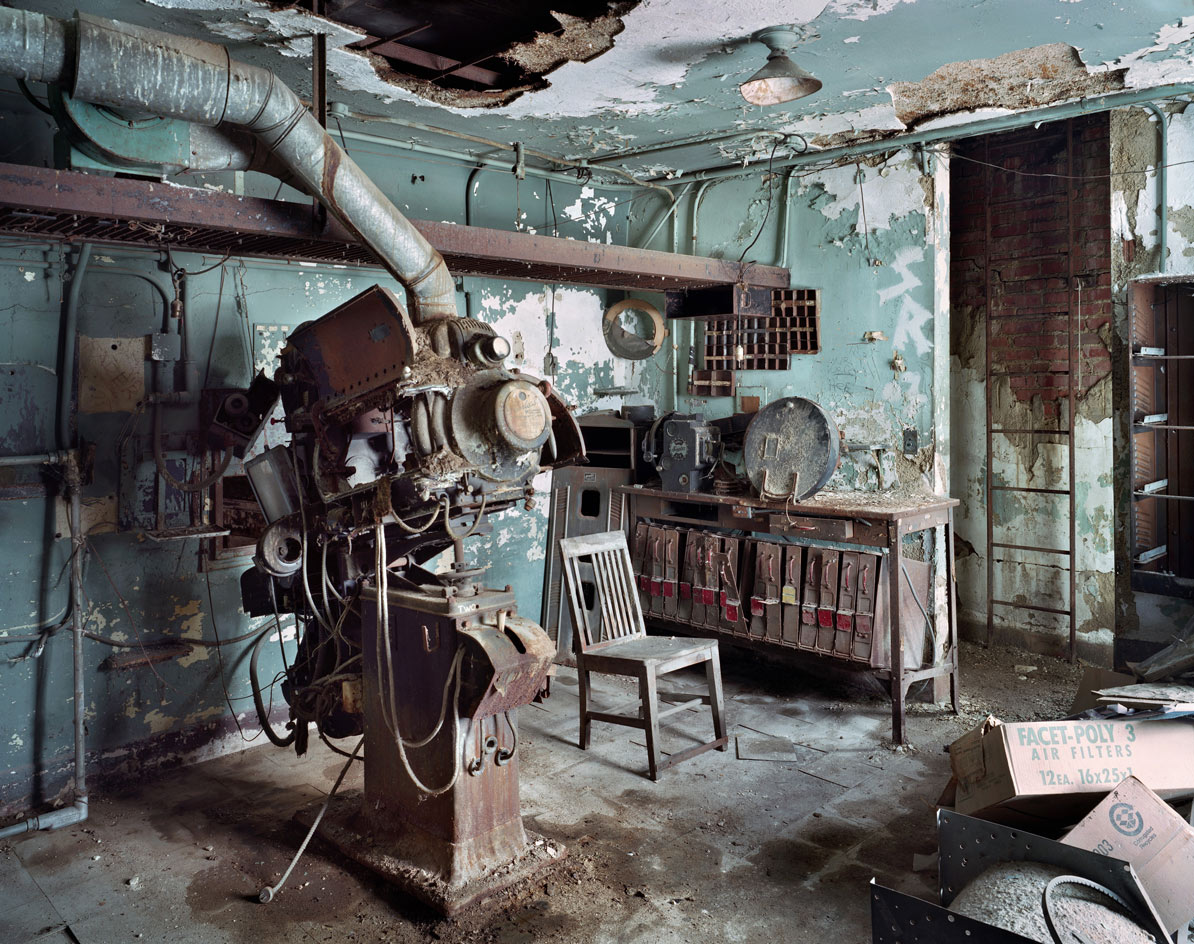
Robins Theaters, Warren, OH.
Armed with a large-format camera, they composed images spanning landscape exteriors to intimate close-ups. There’s beauty in the flaking paint, opulence in the rows of tattered crushed-velvet seats, stories retained in the defunct equipment and abandoned concession stands. Laughs, tears, screams and gasps live on in the crumbling cornices.
Wallpaper* Newsletter
Receive our daily digest of inspiration, escapism and design stories from around the world direct to your inbox.
Some sites have not been left entirely for dead. But as the 1960s matured, so too did domestic TV sets and multiplexes. During the following decades, the heyday of the movie theatre was tarnished by modernisation. These majestic buildings, in turn, began taking on less majestic roles: bingo halls, basketball courts, bus depots, warehouses, fitness centres, flea markets, car parks and retail stores.
In contemporary times, where streaming services reign and convenience outshines occasion, Marchand and Meffre’s book is not just an appetising visual record of the majestic movie palace, it’s a timely eulogy for a entertainment’s golden years. Decay, in its divinity, is evidence that things have moved on, for better or worse.
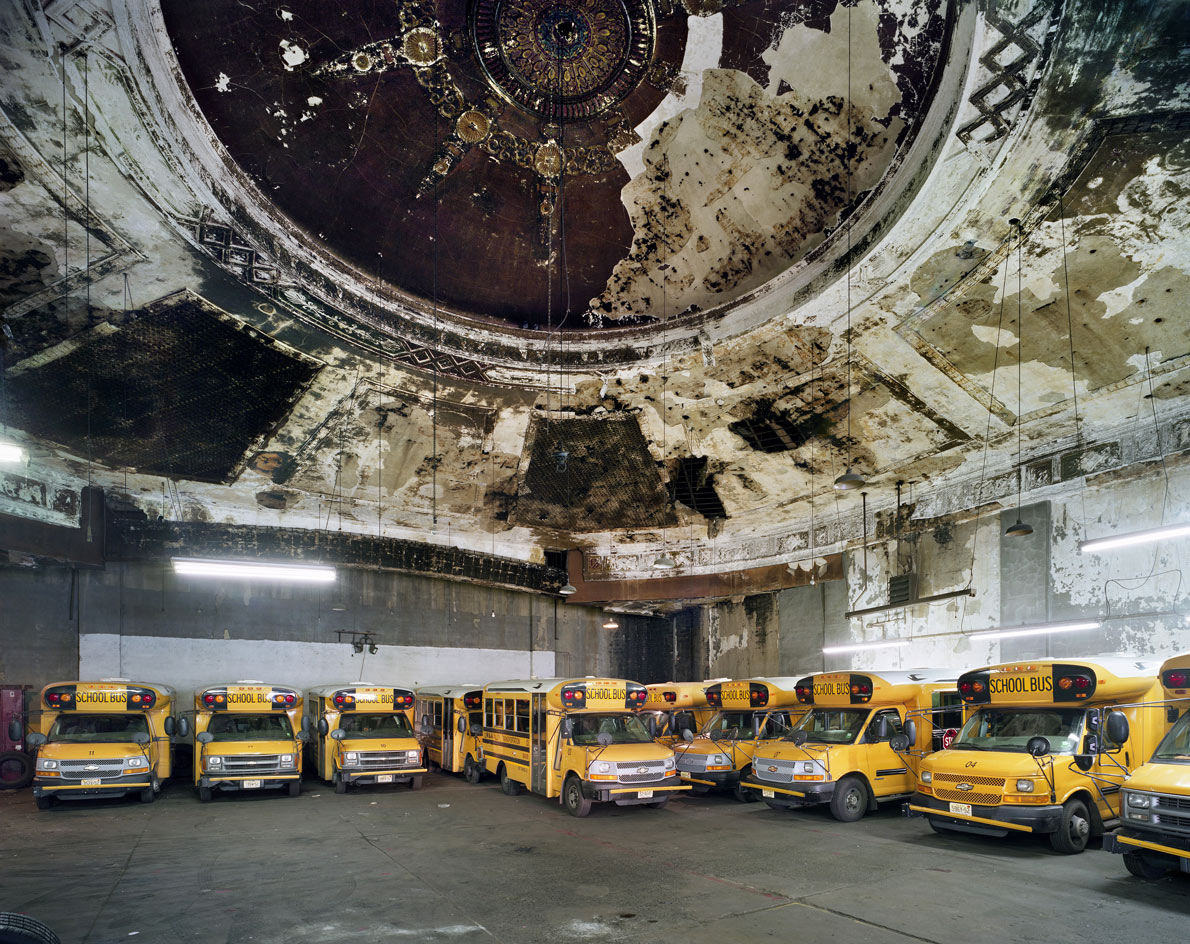
State Theater, West Orange, NJ.
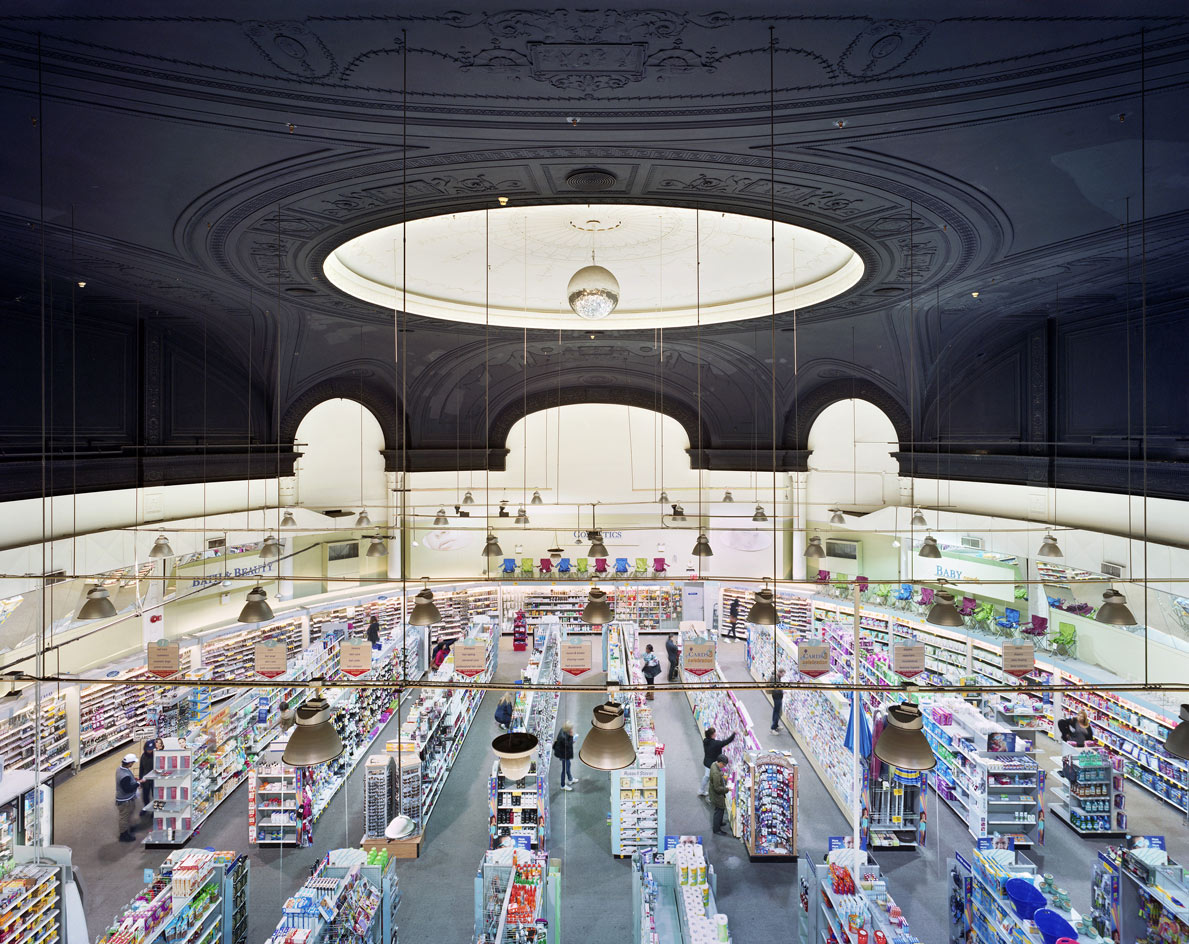
Meserole Theater, Brooklyn, NY.

Loew’s Kings Theatre, Brooklyn, NY, 2007. Opened in 1929, designed (3,676 seats) by architects Rapp and Rapp and Edwin C A Bullock for the Loew’s Theatres chain. It was forced to close due to poor attendances in the mid-1970s and was then independently operated from 1977 as the Kings Theatre but closed just six weeks later with Bruce Lee: The Man, The Myth. It sat vacant for more than three decades until a $93m restoration started in 2010. The Kings Theatre reopened in 2015 as a performing arts venue.
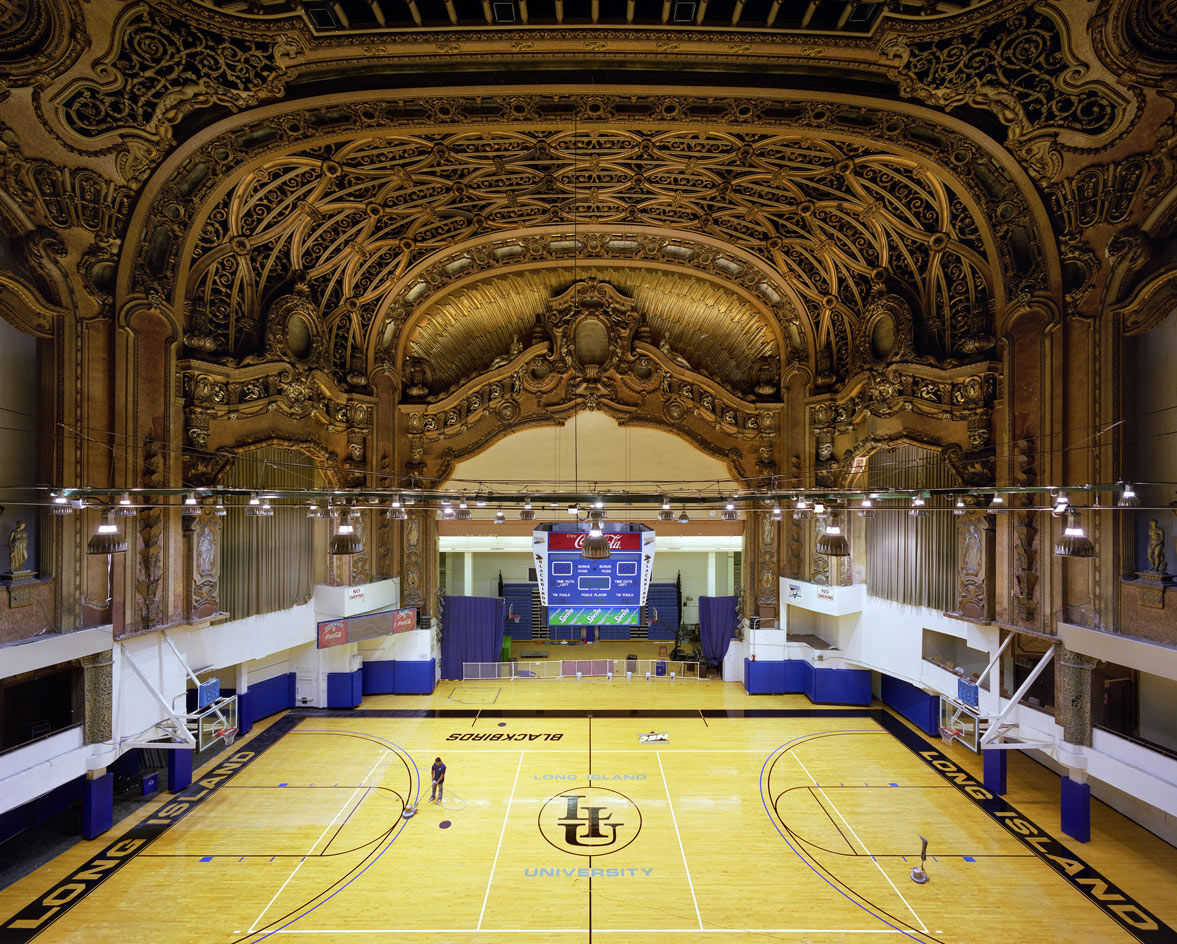
Paramount Theater, Brooklyn, NY.
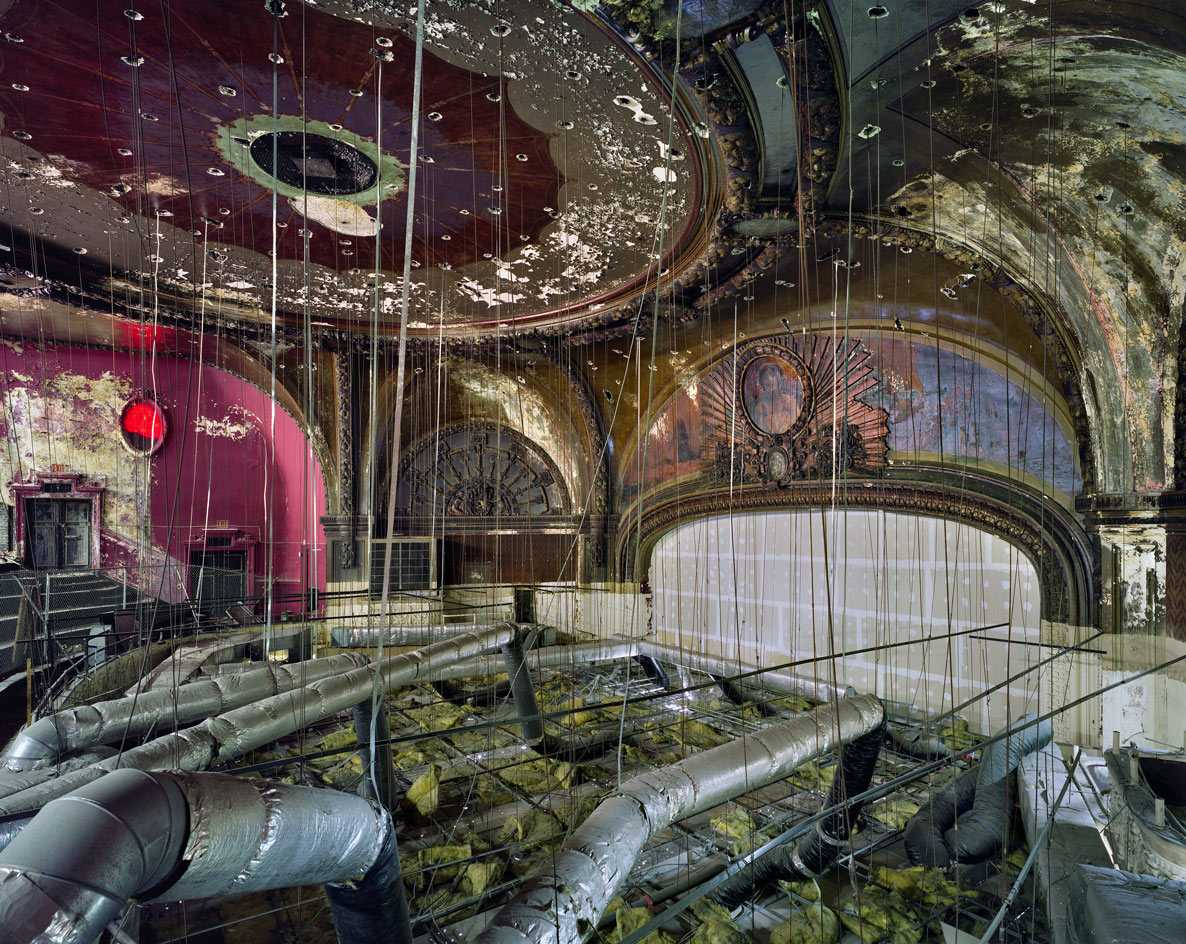
Spooner Theater, Bronx, NY.
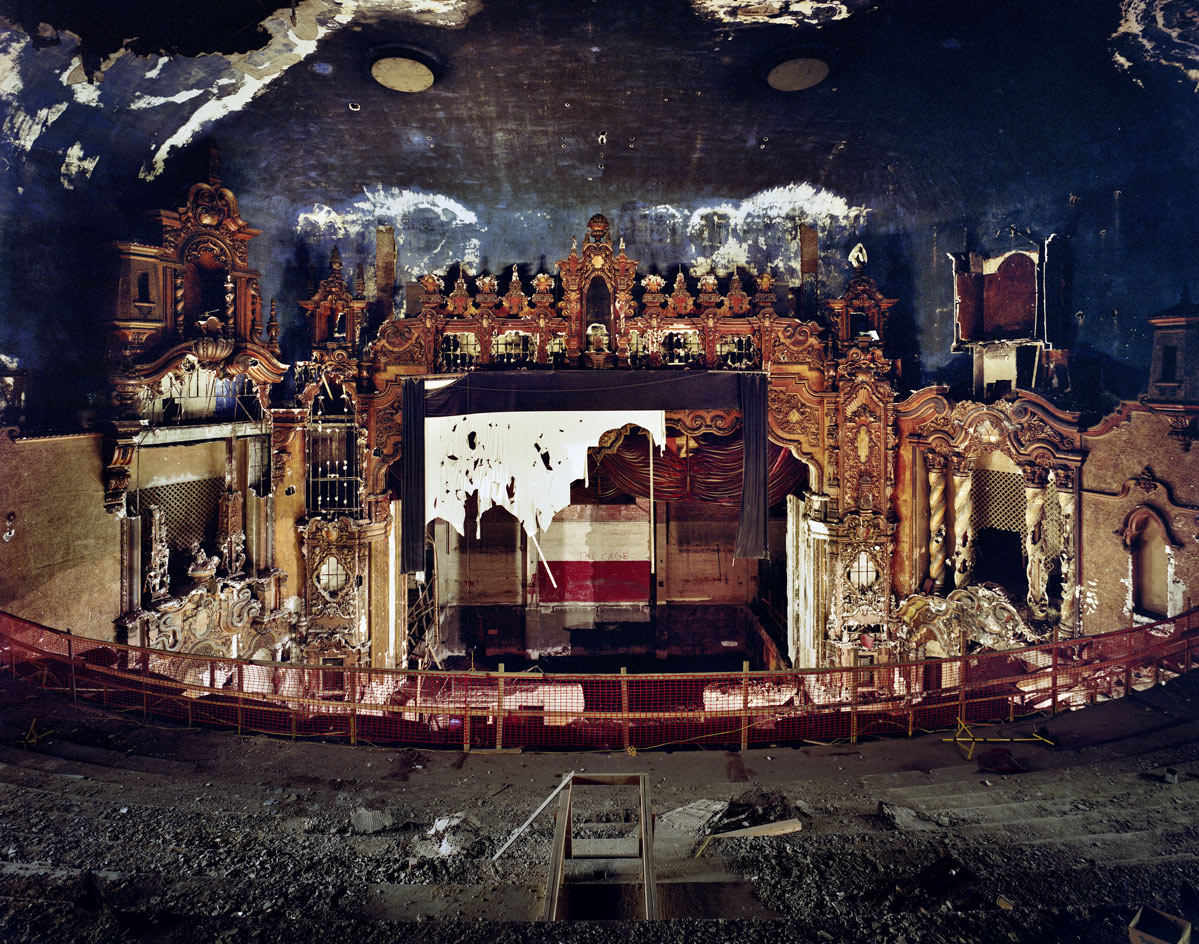
RKO Keith’s Flushing Theater, Queens, NY.
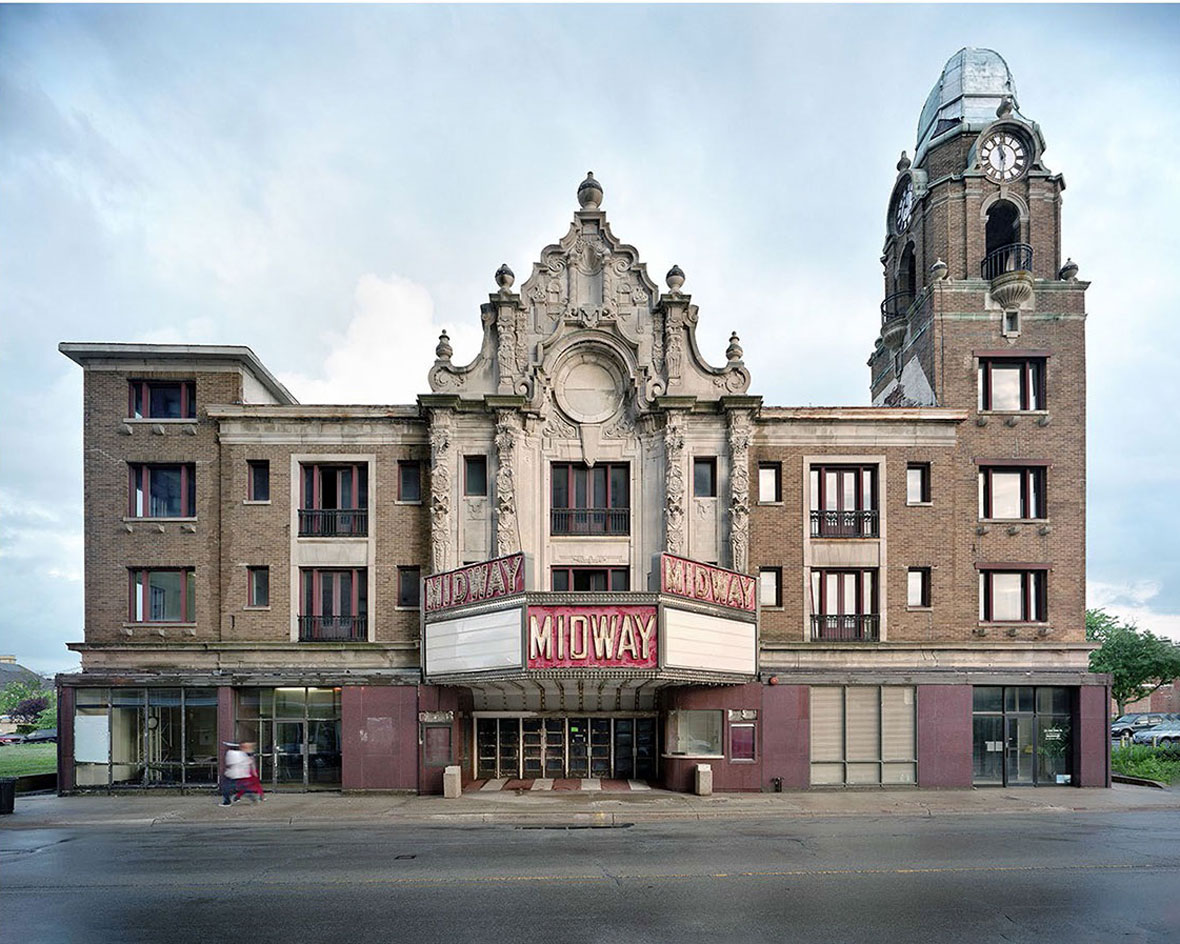
Midway Theatre, Rockford, IL, 2014. Opened in 1918, designed (1,500 seats) by architect John E O Pridmore. It was successively operated by the Ascher Brothers circuit and Balaban & Katz Corp. In 1980 a fire damaged the building, and after restoration it hosted the Rockford Symphony Orchestra, finally closing in 2006. In 2012, the roof partially collapsed. The building has since been stabilised and is awaiting renovation.
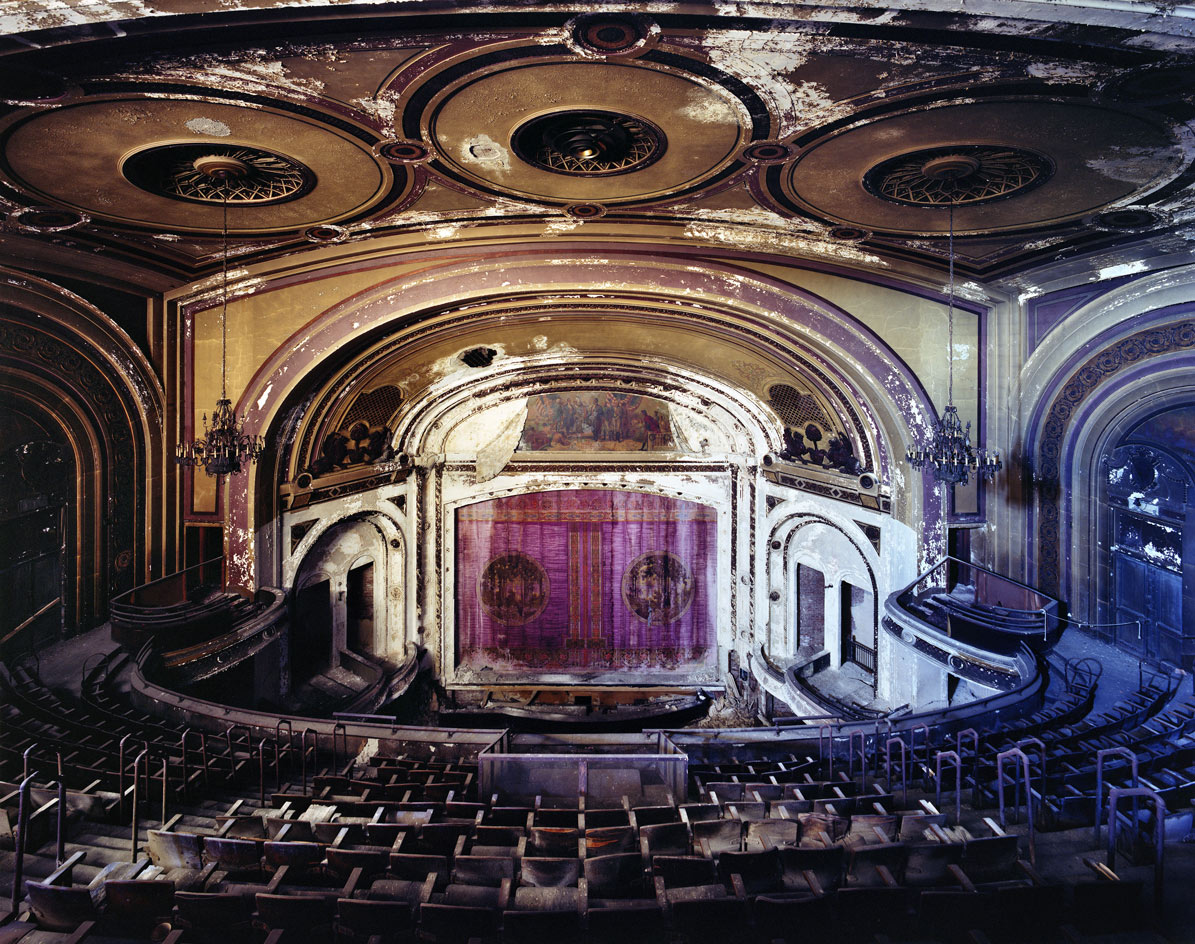
Proctor’s Theater, Troy, NY.
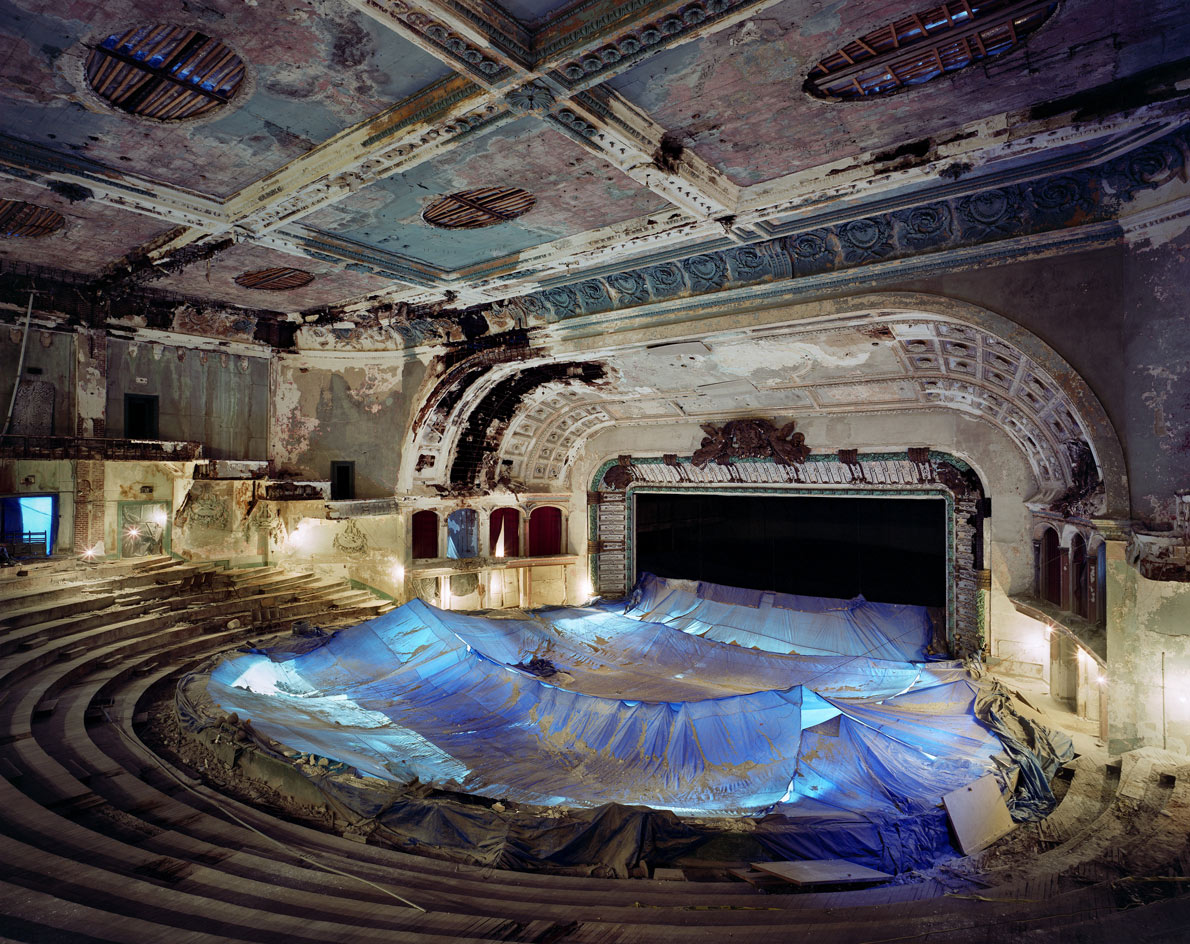
Meserole Theater, Brooklyn, NY.
INFORMATION
Movie Theaters, by Yves Marchand and Romain Meffre, £60, published by Prestel on 4 November 2021., prestelpublishing.penguinrandomhouse.de
Harriet Lloyd-Smith was the Arts Editor of Wallpaper*, responsible for the art pages across digital and print, including profiles, exhibition reviews, and contemporary art collaborations. She started at Wallpaper* in 2017 and has written for leading contemporary art publications, auction houses and arts charities, and lectured on review writing and art journalism. When she’s not writing about art, she’s making her own.
-
 A Xingfa cement factory’s reimagining breathes new life into an abandoned industrial site
A Xingfa cement factory’s reimagining breathes new life into an abandoned industrial siteWe tour the Xingfa cement factory in China, where a redesign by landscape specialist SWA Group completely transforms an old industrial site into a lush park
By Daven Wu
-
 Put these emerging artists on your radar
Put these emerging artists on your radarThis crop of six new talents is poised to shake up the art world. Get to know them now
By Tianna Williams
-
 Dining at Pyrá feels like a Mediterranean kiss on both cheeks
Dining at Pyrá feels like a Mediterranean kiss on both cheeksDesigned by House of Dré, this Lonsdale Road addition dishes up an enticing fusion of Greek and Spanish cooking
By Sofia de la Cruz
-
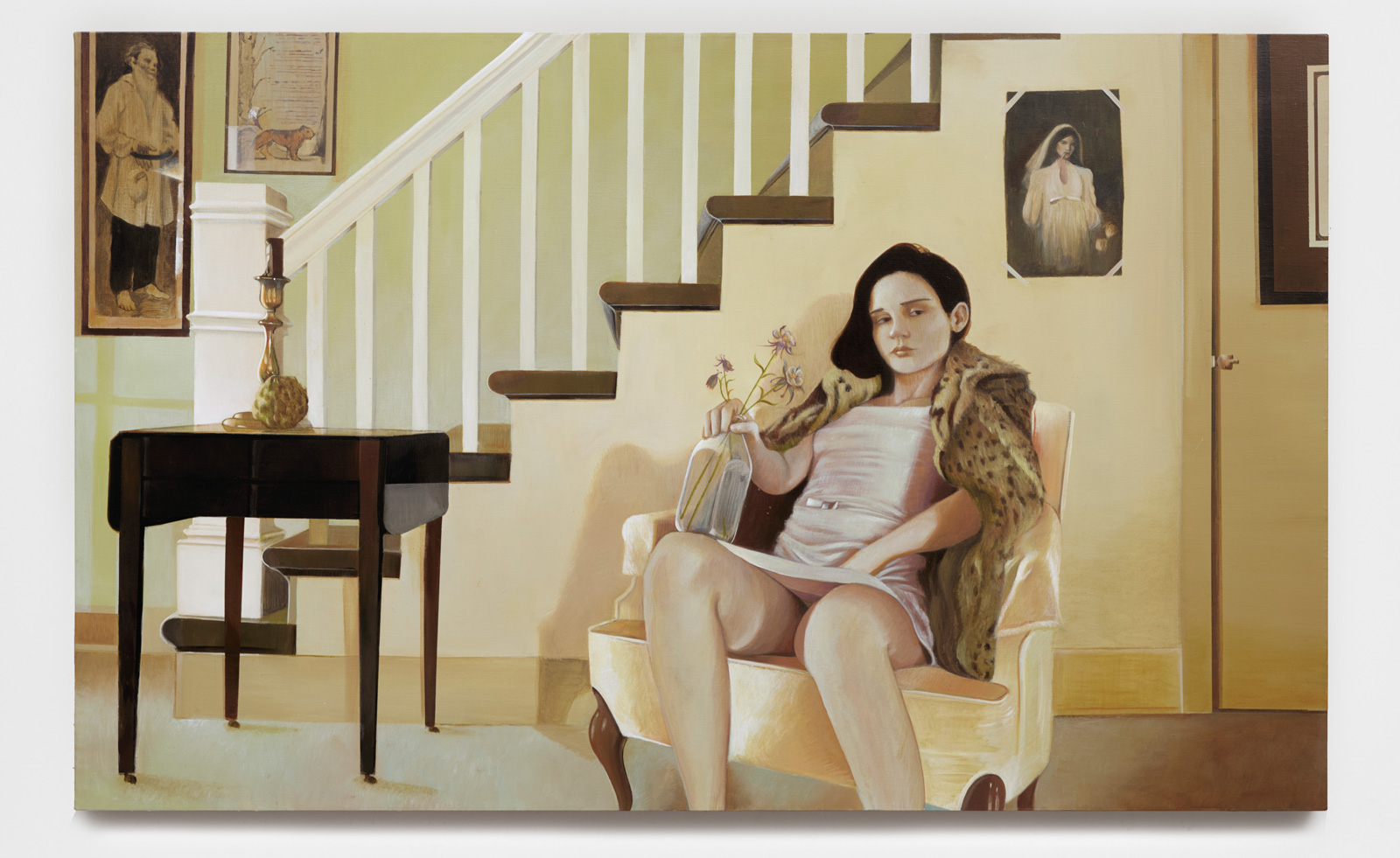 Leonard Baby's paintings reflect on his fundamentalist upbringing, a decade after he left the church
Leonard Baby's paintings reflect on his fundamentalist upbringing, a decade after he left the churchThe American artist considers depression and the suppressed queerness of his childhood in a series of intensely personal paintings, on show at Half Gallery, New York
By Orla Brennan
-
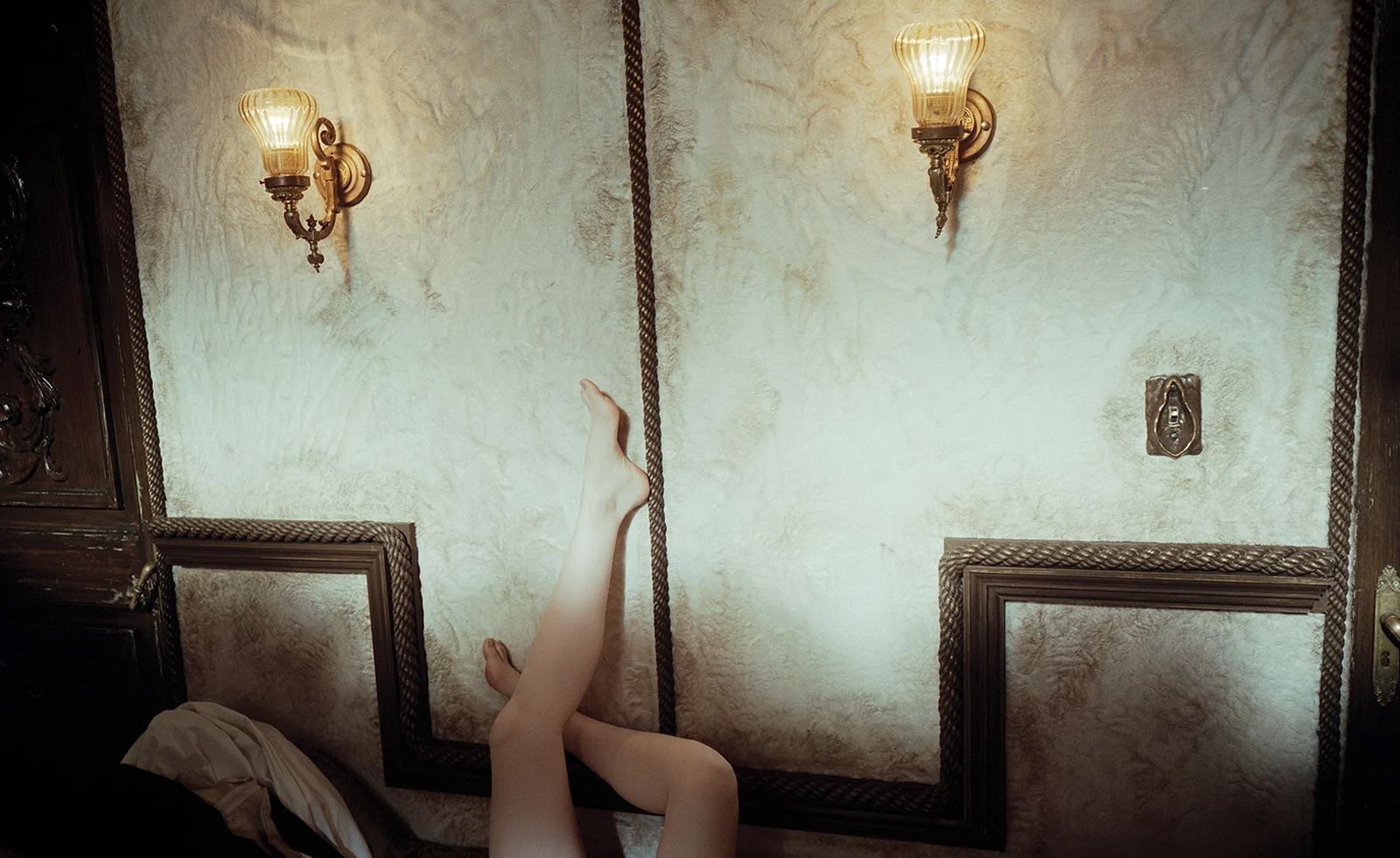 Unlike the gloriously grotesque imagery in his films, Yorgos Lanthimos’ photographs are quietly beautiful
Unlike the gloriously grotesque imagery in his films, Yorgos Lanthimos’ photographs are quietly beautifulAn exhibition at Webber Gallery in Los Angeles presents Yorgos Lanthimos’ photography
By Katie Tobin
-
 Desert X 2025 review: a new American dream grows in the Coachella Valley
Desert X 2025 review: a new American dream grows in the Coachella ValleyWill Jennings reports from the epic California art festival. Here are the highlights
By Will Jennings
-
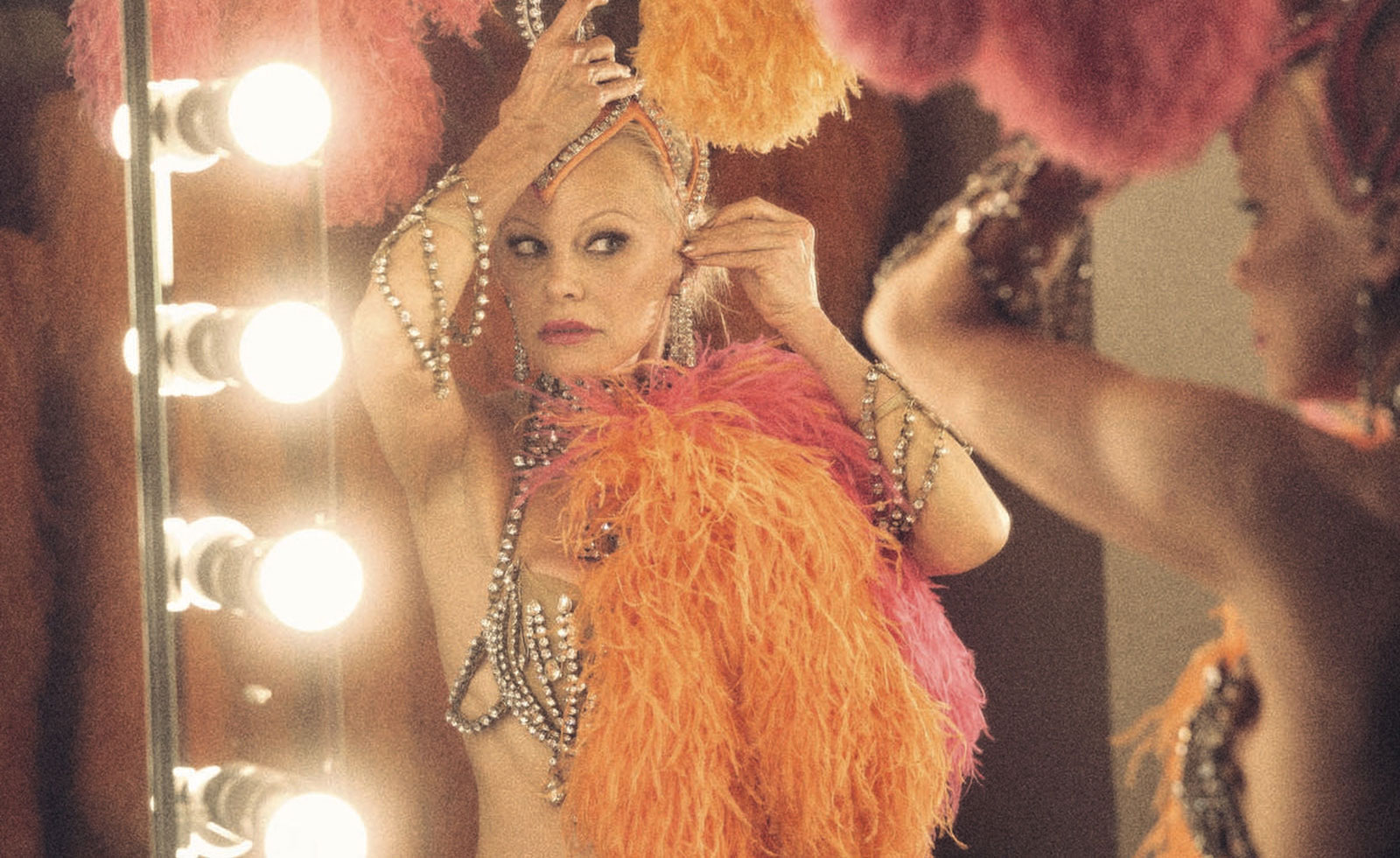 In ‘The Last Showgirl’, nostalgia is a drug like any other
In ‘The Last Showgirl’, nostalgia is a drug like any otherGia Coppola takes us to Las Vegas after the party has ended in new film starring Pamela Anderson, The Last Showgirl
By Billie Walker
-
 ‘Life is strange and life is funny’: a new film goes inside the world of Martin Parr
‘Life is strange and life is funny’: a new film goes inside the world of Martin Parr‘I Am Martin Parr’, directed by Lee Shulman, makes the much-loved photographer the subject
By Hannah Silver
-
 ‘American Photography’: centuries-spanning show reveals timely truths
‘American Photography’: centuries-spanning show reveals timely truthsAt the Rijksmuseum in Amsterdam, Europe’s first major survey of American photography reveals the contradictions and complexities that have long defined this world superpower
By Daisy Woodward
-
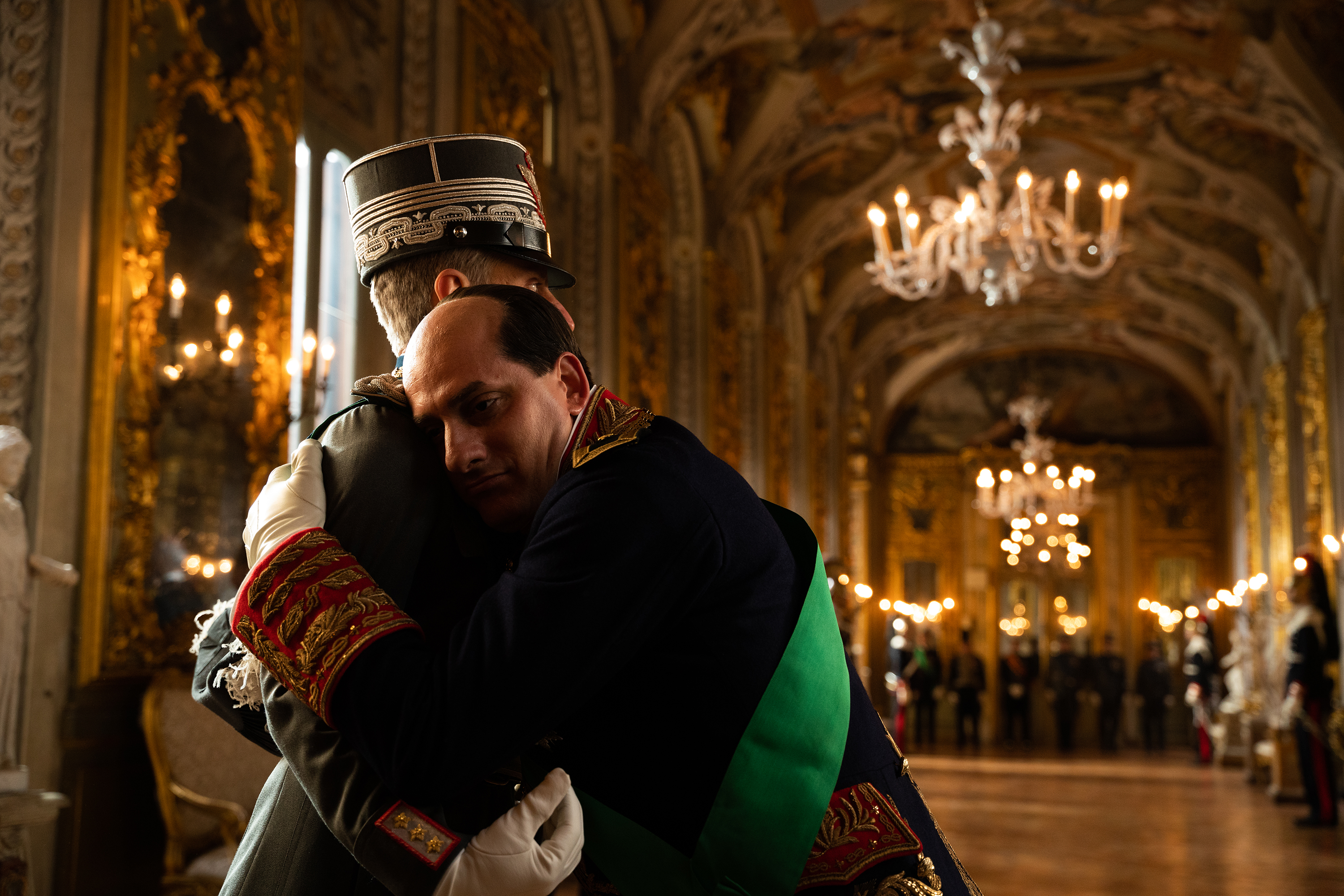 The Chemical Brothers’ Tom Rowlands on creating an electronic score for historical drama, Mussolini
The Chemical Brothers’ Tom Rowlands on creating an electronic score for historical drama, MussoliniTom Rowlands has composed ‘The Way Violence Should Be’ for Sky’s eight-part, Italian-language Mussolini: Son of the Century
By Craig McLean
-
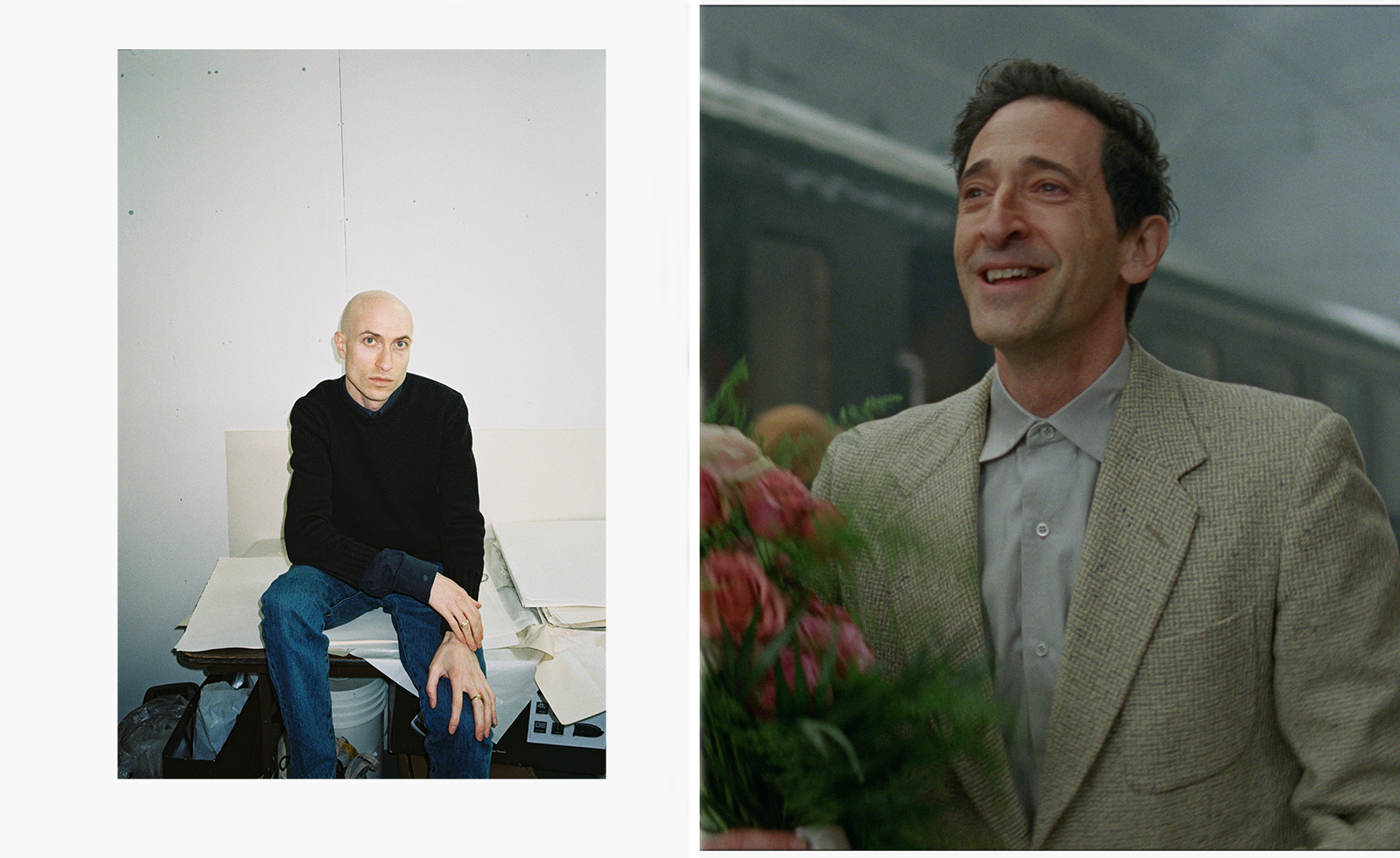 Meet Daniel Blumberg, the British indie rock veteran who created The Brutalist’s score
Meet Daniel Blumberg, the British indie rock veteran who created The Brutalist’s scoreOscar and BAFTA-winning Blumberg has created an epic score for Brady Corbet’s film The Brutalist.
By Craig McLean